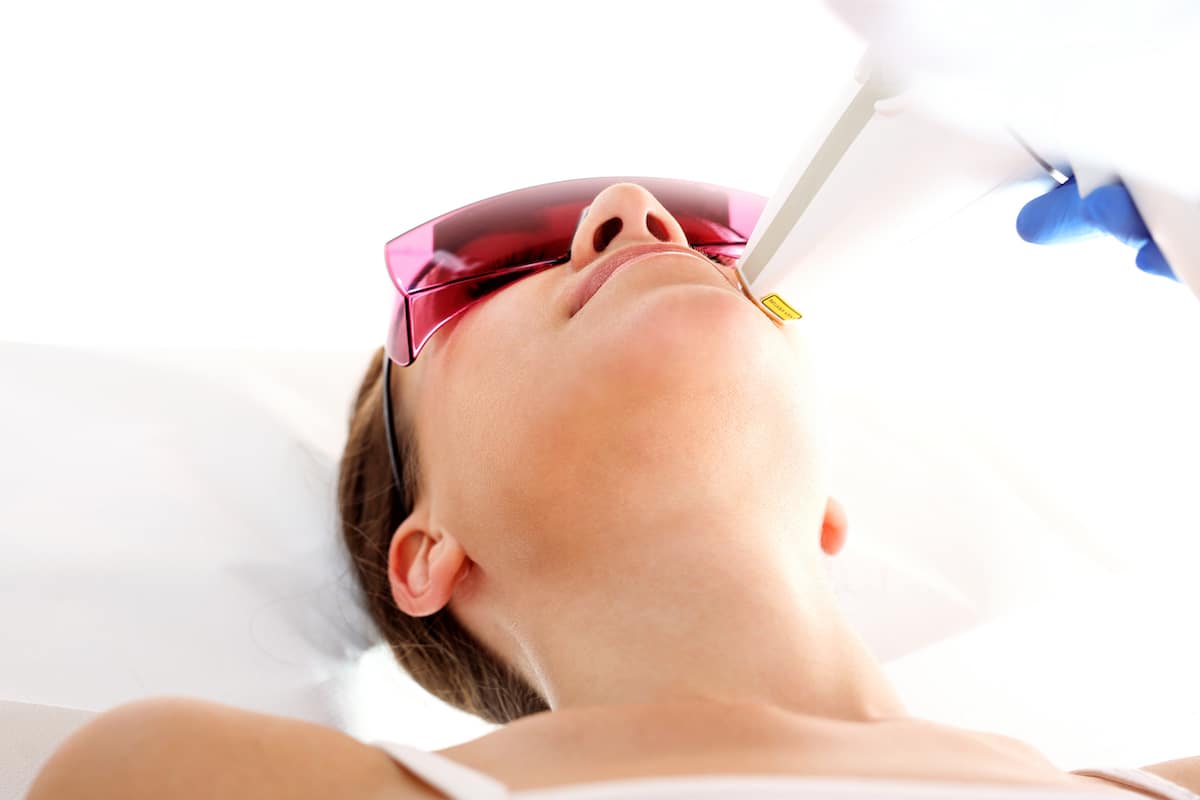 Can you imagine how long our work days would be if we were all still using typewriters? And how riddled with errors our output would be without spell check? Technological advances are important for many reasons: to save time, improve efficiency, decrease human error, and increase success rates, to name a few. So, if you would think twice about working in an office without computers, would you hesitate to go to a dermatologist who didn’t use the latest technology in their practice? If the answer to that question is yes, how do you know what is the latest technology in dermatology? You have come to the right place. Following is a list of some of the most cutting edge technologies that you should expect from your dermatologist.
Can you imagine how long our work days would be if we were all still using typewriters? And how riddled with errors our output would be without spell check? Technological advances are important for many reasons: to save time, improve efficiency, decrease human error, and increase success rates, to name a few. So, if you would think twice about working in an office without computers, would you hesitate to go to a dermatologist who didn’t use the latest technology in their practice? If the answer to that question is yes, how do you know what is the latest technology in dermatology? You have come to the right place. Following is a list of some of the most cutting edge technologies that you should expect from your dermatologist.
Voluma and Volbella dermal fillers. Dermal fillers help reduce signs of aging by restoring fullness to facial lines, lips, and hands, and diminishing the appearance of scars, among other enhancements. Voluma is a one-of-a-kind, FDA-approved filler that is designed to recoup volume loss specifically in the cheek. Volbella is a similar FDA-approved dermal filler designed to increase fullness specifically in the lips. Both Voluma and Volbella are part of the Juvaderm family and are the latest in dermatological technology because they are made with a hyaluronic acid-base, a protein that the body produces naturally to support skin structure and hydration. Voluma and Volbella restore the natural loss of this protein, resulting in subtle lifts, smoother contours, and fuller appearances of the cheek and lips.
Kybella submental fat reduction. Kybella is the first and only injectable FDA-approved drug made to reduce submental fat in the neck. Approved in 2015, this non-surgical treatment uses deoxycholic acid, a bile naturally produced in the liver to help the body absorb fat, to reduce the appearance of fat below the chin. This technology provides a less-invasive option to surgical procedures such as liposuction.
NeoGraft hair transplantation. NeoGraft is an automated hair transplant system that uses follicular unit extraction (FUE), the most advanced hair-transplant technique available. The system extracts individual hair follicles from the donor area of the head and transplants them to the desired area of the scalp. Because NeoGraft is an automated system, its harvesting and placement results are precise and repeatable. This advanced technology is the least invasive approach available and produces natural-looking results.
Clinical trials. Some patients may find themselves with complex, chronic conditions that don’t have an easily discernable fix. To seek the most advanced research and treatment available for these complex cases, clinical trials are many times the best option. Clinical trials exist for a number of issues, including acne, eczema, and rosacea. If you find yourself in this category, ask your dermatologist if they can recommend any clinical trials for you. Here at the Dermatology Center of Indiana, we offer eligible patients the opportunity to join clinical trials with the Indiana Clinical Trials Center, a highly comprehensive clinical research facility that is an extension of our practice.
The Dermatology Center of Indiana offer services to residents of Bloomington, Greencastle, Martinsville, and Mooresville. We hope to see you soon.
Disclaim: This blog provides general information and discussion about medical, cosmetic, mohs, and surgical dermatology. The words and other content provided in this blog, and in any linked materials, are not intended and should not be construed as medical advice. If the reader or any other person has a medical concern, he or she should consult with an appropriately-licensed dermatologist or other health care worker.
